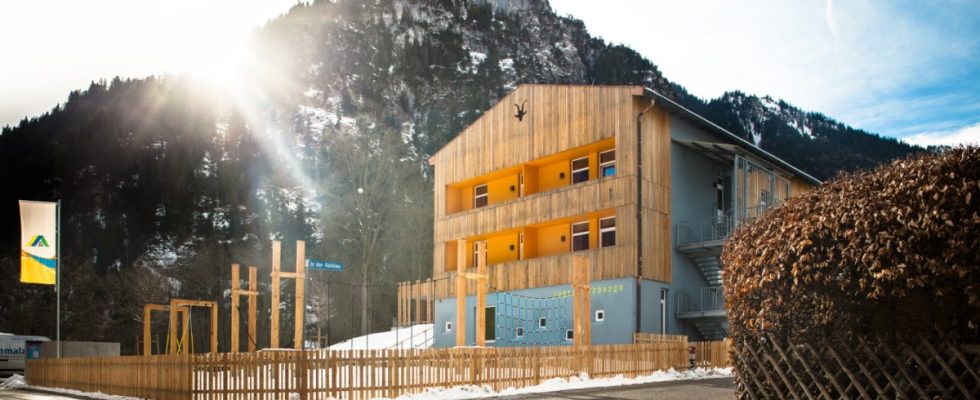Despite a positive guest balance, the State Association of German Youth Hostels (DJH) faces challenges that it cannot overcome alone as a company focused on the common good – and has demands on the Bavarian state government. In order to adequately maintain attractive accommodation in the Free State and to modernize it in terms of energy technology and accessibility, there is a lack of “investment power,” said Winfried Nesensohn, managing director of DJH Bayern. The state budget provides 1.45 million euros annually for structural measures. On the one hand, this amount has not been increased for two decades and is being eaten up by inflation, and on the other hand, funding for projects can only be accessed if 70 percent of your own funds are used. The DJH is lacking in this, also as a result of the pandemic; In any case, companies oriented towards the common good are only likely to create small reserves.
At a press conference on Wednesday, the association called for an adjustment to the state funding quota (to 50 instead of just 30 percent) and an increase in the budget to two million euros in the medium term. The Bavarian DJH President Klaus Umbach recognizes that the specialist politicians in the state parliament and the Ministry of Social Affairs have “open ears” for the issue, but “the finance minister is on the brakes”. It is also about strengthening the “youth hostel as a learning location” as an institution that promotes democracy and as a provider of educational programs. Against the background of an increasing social division, the aim is to be “a positive and values-driven counterweight”.
With 1.2 million overnight stays in 2023, Bavarian youth hostels have increased by 15 percent compared to the previous year. “We are back again,” said Nesensohn, referring to the times of lockdowns in the corona pandemic and dents as a result, and the numbers in the pre-corona year 2019 are no longer far away. Last year there were 504,826 arrivals, i.e. visitors, to the 50 youth hostels with their 7,738 beds. The average length of stay was around 2.4 days. A good two-thirds of the 50 houses are operated directly by the DJH, the remaining third are run by municipalities or social associations, although they still operate under the official label. This makes it one of the largest individual tourism companies in Bavaria. The initial outlook for 2024 is positive, and the half a million guest mark may be broken.
The DJH is pleased about the return of school classes as the main guest group. After the pandemic, it was questionable whether school management, parents and young people wanted to go on such trips on a large scale again. With a share of 40 percent, the guest group from schools has now reached a record high; in 2018 it was only 33 percent. “This clearly shows the need and desire of children and young people for community and learning experiences during a school trip lasting several days,” said Nesensohn. There is probably ongoing “pent-up demand”. Families made up a good 25 percent of the guests, groups and conferences just as much; There is a decline here; seminars, for example, are now more often held digitally. The proportion of individual guests was around ten percent.
The youth hostels have another request from the state government. During their inaugural visit to the new Tourism Minister Michaela Kaniber (CSU), who took over the area from Economics Minister Hubert Aiwanger (FW) a few months ago, Umbach and Nesensohn presented their houses as “the young host face of Bavaria”. You have in mind a campaign for young travelers via government tourism marketing; via social networks and in connection with culture or events. Bavaria is “not just for the best agers,” emphasized Nesensohn; anyone who comes here for the first time as a young person will certainly do so again later. By the way, the youth hostel numbers are similar to the trend in Bavaria as a tourist destination: the entire industry also recorded an increase in overnight stays in 2023, but remained just below the pre-Corona value of 2019.

